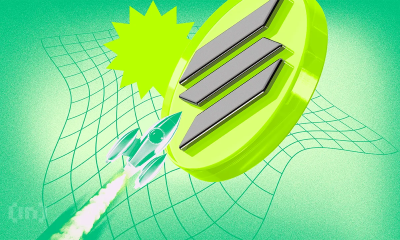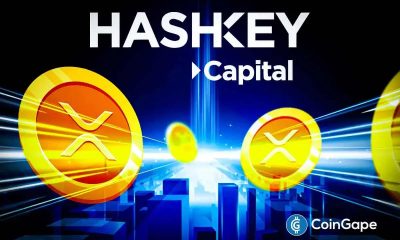Market
Bracket Launches Staking on Bracket.Fi Platform
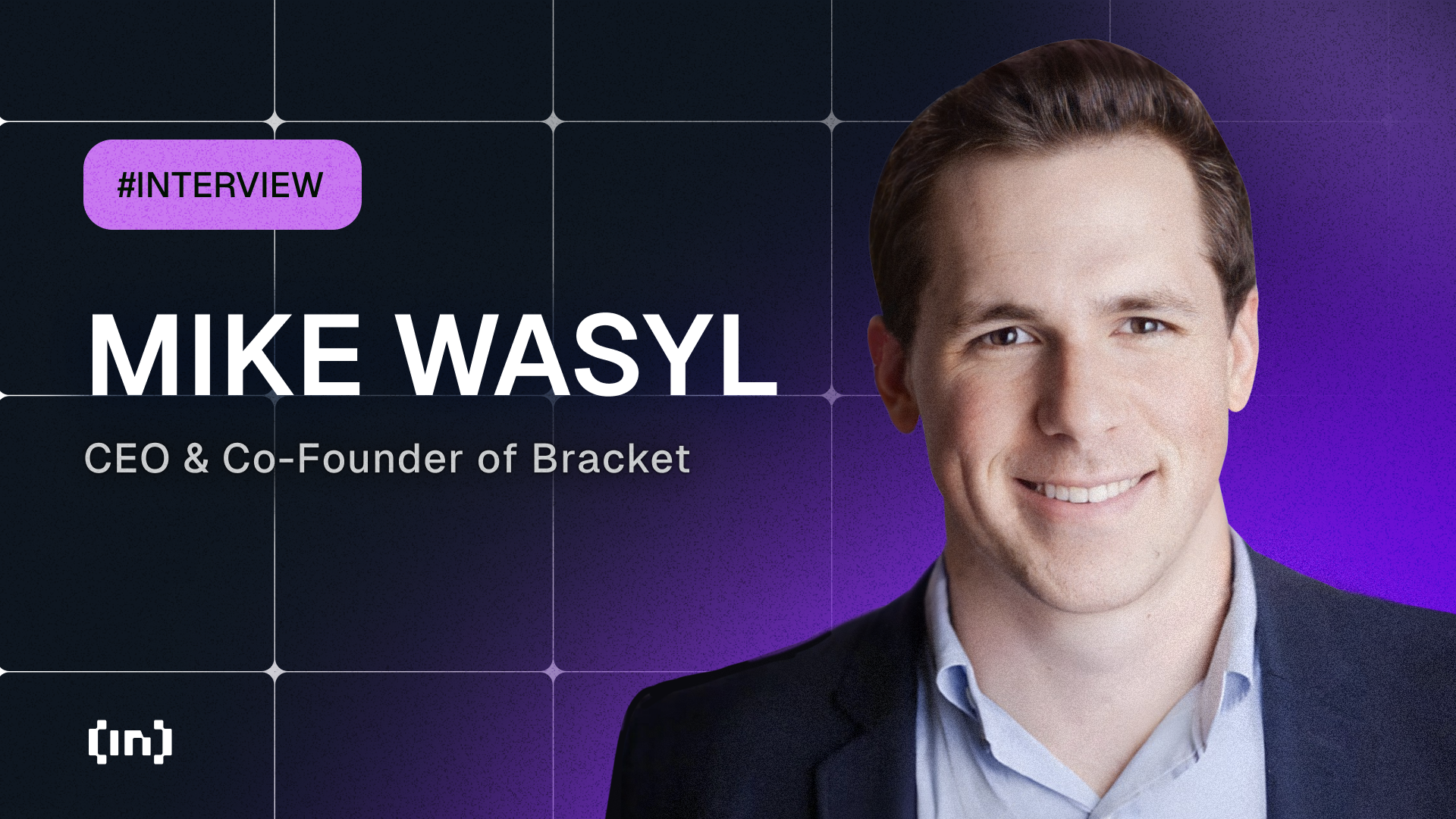
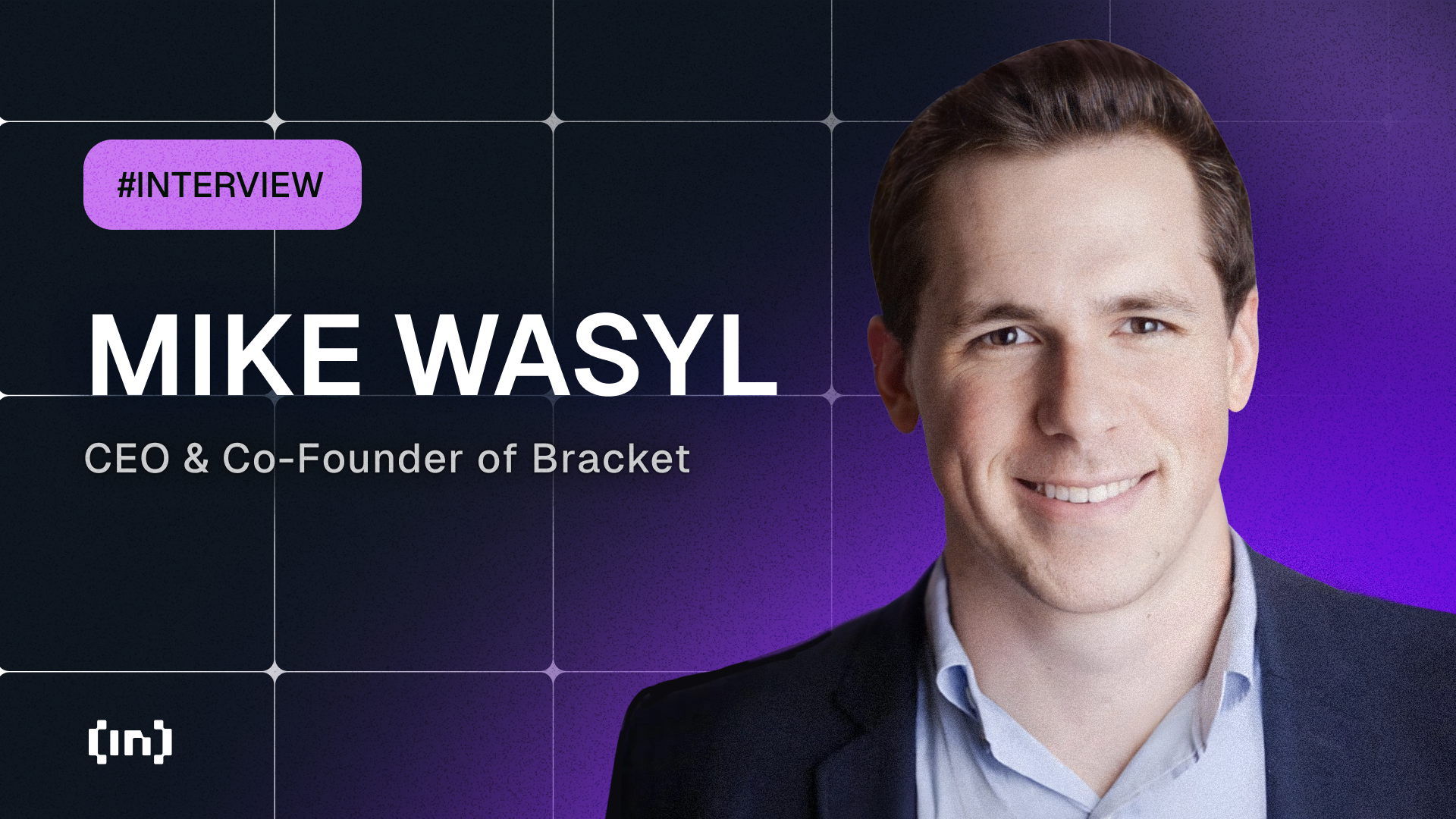
Bracket, under the leadership of CEO Mike Wasyl, has just launched staking at Bracket.Fi
Phase I of the platform will feature Bracket’s liquidity program, offering users the opportunity to stake Liquid Staking Tokens (LSTs) and Liquid Restaking Tokens (LRTs) to earn rewards and power the next generation of DeFi.
Founding and Evolution
Founded by a team with deep experience in both cryptocurrency and traditional finance, Bracket was established by Mike Wasyl and his Co-Founders Jason Glazier and Pelli Wang. Their backgrounds include work at Consensys and major financial firms like D.E. Shaw & Co. and Bloomberg.
The team initially focused on developing derivatives products aimed at providing sophisticated trading strategies for managing volatility. However, market events in 2022 severely affected liquidity, which prompted Bracket to pivot towards a growing area in DeFi: Liquid Staking.
“When FTX collapsed, liquidity was drained from options and all derivatives-related markets. Even now, it’s surprising that the funds haven’t returned in significant amounts. This event really hurt the industry, particularly affecting liquidity on the derivatives side. Perpetual contracts became the dominant tool, with other categories shrinking significantly. This situation made us reconsider our approach and think about how we could expand our target market,” Wasyl recalls.
Wasyl explained they recognized a growing demand for passive investment strategies, particularly involving liquid staking tokens. This has become a major trend in DeFi as more investors seek stable and predictable returns. The change has received positive feedback as interest in LSTs and LRTs grows, with major players like Lido leading the charge.
“This led to the emergence of products like EigenLayer, which sought to capitalize on this interest by providing additional value to LST holders. Now, we also see Liquid Restaking Tokens (LRTs), which essentially take the interest earned from LSTs and offer additional rewards, such as points, to attract users’ attention,” he adds.
The Platform’s Launch and Features
Bracket aims to make these types of assets more accessible and efficient for users through their platform. They have developed brktETH, a token representing a composite of underlying Liquid Restaking Tokens (LRTs) and Liquid Staking Tokens (LSTs).
This means users don’t need to choose between different assets; they can simply hold brktETH, which offers diversified exposure, fungibility, and greater capital efficiency. Users can then deploy brktETH in various DeFi opportunities, including those provided by Bracket and potentially by other industry players.
“The aim is to create a high-quality asset backed by a treasury of LSTs and LRTs, which can be used in passive earning strategies and, eventually, in a more comprehensive marketplace with active opportunities,” Wasyl explains.
Bracket is launching in three phases, each designed to enhance user engagement and expand the platform’s capabilities. The first phase, live from July 31, introduces a staking liquidity program where participants can stake their LSTs to earn Bracket [BARS], which are loyalty points. These points serve as an early engagement tool, allowing users to participate in the platform’s growth and earn more rewards as the platform matures.
“In the DeFi market, a successful product must have a strong liquidity-building program. This is essential because liquidity drives interest, and interest, in turn, fuels liquidity. This is a key lesson we’ve learned in developing our platform. We’ve prioritized building liquidity,” Wasyl adds.
In the second phase, once the platform officially launches, users will receive brktETH tokens. The underlying LST and LRT collateral backing brktETH are securely held in a treasury, but users can withdraw the underlying collateral assets if they choose. brktETH can then be used to enter passive earning strategies, designed to be as straightforward as possible — similar to user-friendly traditional financial apps like Betterment. Bracket aims to eliminate the cumbersome spreadsheets and tables often associated with DeFi, offering a more tailored onboarding experience instead.
The details of the third phase are TBA, but it will include more community programs and additional ways for users to engage with Bracket.
A User-Centric Approach
One of the biggest challenges in DeFi is creating a seamless user experience that balances sophistication with simplicity. Many platforms struggle to provide a user-friendly interface while maintaining the complex functionalities that advanced users require.
Bracket distinguishes itself in the crowded DeFi space through its user-friendly platform, designed to accommodate both beginners and more advanced users.
“Currently, DeFi is heavily dominated by high-risk, speculative activities, often referred to as ‘degen’ stuff. However, this is set to change. We want to demystify DeFi for our users,” Wasyl says. “Our goal is to make it accessible to everyone, regardless of their level of technical expertise.”
To achieve this, Bracket has invested heavily in user interface (UI) and user experience (UX) design. The platform to be released in Phase II will offer clear, easy-to-follow instructions and a clean, uncluttered interface. This approach helps new users start quickly while providing advanced features for more experienced investors. The introduction of Bracket [BARS] will also add an element of gamification, making the staking process more engaging and rewarding.
Bracket places a strong emphasis on community engagement. The team actively seeks user feedback to improve the platform and its features. The collaborative approach has helped build a loyal user base and ensures that the platform continues to meet the needs of its community.
Addressing Risk Concerns
Wasyl notes the DeFi sector currently lacks sophistication and security. People often face two main issues: a lack of transparency about who manages their funds and where their funds are located, and no guarantees about the security of their investments. This makes it hard to trust the platforms they’re using.
While there are more advanced platforms, like Sommelier, which offer better security measures and protect against loss, they are often too complex for non-technical strategy managers to interact with. These managers are typically skilled at managing strategies but not necessarily at working with the necessary on-chain infrastructure.
To address this, Bracket aims to build a sophisticated infrastructure with strong security guarantees. The system will allow strategy managers to work with the platform with minimal technical effort. Such infrastructure is crucial as the market matures and more institutional investors enter the space.
“For example, if funds or strategy managers have specific requirements, Bracket can provide the necessary infrastructure and whitelisted protocols, ensuring that all activities stay within set boundaries,” Wasyl explains.
The regulatory frameworks for DeFi platforms are complex and constantly changing. Wasyl is confident that Bracket, with backing from major investors like Binance Labs, is well-equipped to handle these challenges. He noted that while overregulation can hinder innovation, clear and balanced regulation can provide much-needed stability and clarity for the market.
Partnerships and Collaborations
Looking forward, Bracket plans to expand its platform with more complex trading strategies and additional features. The company is also in discussions with several leading LST and LRT protocols to integrate their assets into Bracket’s platform.
These protocols are eager to enhance the utility of their assets, recognizing that these tokens represent some of the best high-quality liquid assets available. They generate earnings directly on the blockchain through block rewards, providing exposure to Ethereum’s ecosystem. This capability is incredibly valuable, as it allows stacking on top of these assets for additional returns.
“Many of these protocols are looking to partner with us because they want their assets to be used in DeFi. Given that the earning rates across the board are similar — around 3% currently — these protocols are keen to distinguish themselves and offer more to their users. Our goal is to work collaboratively with everyone in the space, and we have a number of partnerships in the works that we’ll be announcing over the next couple of weeks,” Wasyl shares.
As for future developments, Wasyl is excited about the increasing modularity in the DeFi ecosystem. He notes a growing trend where users can combine different components, such as lending protocols, decentralized exchanges (DEXs), and various assets, to create sustainable earning strategies. Traditional finance (TradFi) often lacks transparency and flexibility, as asset managers typically operate behind the scenes. In DeFi, however, everything is visible on-chain, which provides greater transparency and trust.
The next step is ensuring sufficient liquidity to support these strategies, enabling users to stack native rewards without worrying about transparency issues. The modular nature of DeFi, combined with Layer-2 solutions that reduce transaction costs, is incredibly promising.
These innovations make it easier for users to maximize rewards on high-quality assets, which is especially important in today’s inflationary environment. People are looking for ways to make their money work harder for them, and Bracket aims to provide that opportunity.
Disclaimer
In compliance with the Trust Project guidelines, this opinion article presents the author’s perspective and may not necessarily reflect the views of BeInCrypto. BeInCrypto remains committed to transparent reporting and upholding the highest standards of journalism. Readers are advised to verify information independently and consult with a professional before making decisions based on this content. Please note that our Terms and Conditions, Privacy Policy, and Disclaimers have been updated.
Market
Report Alleges Massive Meme Coin Sniping on Pump.fun

According to a new report from Pine Analytics, token deployers on Pump.fun systematically funded sniper wallets to buy their own meme coins. This impacted over 15,000 token launches on the platform.
These sniper wallets operated primarily during US trading hours, executing standardized, profitable strategies. Unrelated bot activity obscures their behavior, making it extremely difficult to isolate these wallets—and they can readily adapt to new countermeasures.
Snipers Roam Free on Pump.fun Meme Coins
Pump.fun has remained one of the most popular meme coin launchpads on Solana despite persistent controversies and other criticism.
However, Pine Analytics’ new report has uncovered a new controversy, discovering systematic market manipulation on the platform. These snipes include as much as 1.75% of all launch activity on Pump.fun.
“Our analysis reveals that this tactic is not rare or fringe — over the past month alone, more than 15,000 SOL in realized profit was extracted through this method, across 15,000+ launches involving 4,600+ sniper wallets and 10,400+ deployers. These wallets demonstrate unusually high success rates (87% of snipes were profitable), clean exits, and structured operational patterns,” it claimed.
Solana meme coin deployers on Pump.fun follow a consistent pattern. They fund one or more sniper wallets and grant them advance notice of upcoming token launches.
Those wallets purchase tokens in the very first block and then liquidate almost immediately—85% within five minutes and 90% in just one or two swap events.

Pump.fun meme coin developers exploit this tactic to create the appearance of immediate demand for their tokens. Retail investors, unaware of the prior sell‑off, often purchase these tokens after the snipe, giving developers an unfair advantage. This constitutes market manipulation and erodes trust in the platform.
Pine Analytics had to carefully calibrate its methods to identify genuine snipers. Apparently, 50% of meme coin launches on Pump.fun involve sniping, but most of this is probably bots using the “spray and pray” method.
However, by filtering out snipers with no direct links to developer wallets, the firm missed projects that covered their tracks through proxies and burners.
In other words, the meme coin community does not have adequate defenses against systematic abuse on Pump.fun. There are a few possible ways that the platform could flag repeat offenders and sketchy projects, but adaptive countermeasures could defeat them. This problem demands persistent and proactive action.
Unfortunately, it may be difficult to enact such policies. Meme coin sniping is so systematic that Pump.fun could only fight it with real commitment.
Analysts think that building an on-chain culture that rewards transparency over extraction is the best long-term solution. A shift like that would be truly seismic, and the meme coin sector might not survive it.
Disclaimer
In adherence to the Trust Project guidelines, BeInCrypto is committed to unbiased, transparent reporting. This news article aims to provide accurate, timely information. However, readers are advised to verify facts independently and consult with a professional before making any decisions based on this content. Please note that our Terms and Conditions, Privacy Policy, and Disclaimers have been updated.
Market
Solana Leads Blockchain Metrics as SOL Momentum Builds

Solana (SOL) continues to show strength across multiple fronts, maintaining a bullish structure on its Ichimoku Cloud chart while gaining momentum in key market metrics. The BBTrend indicator has turned higher again, signaling renewed buying pressure after a brief cooldown.
On-chain activity remains strong, with Solana leading all blockchains in DEX volume and dominating fee generation thanks to the explosive growth of meme coins and launchpad activity. With SOL now trading above a key resistance level, the path is open for further upside—though a loss of momentum could still trigger a retest of lower supports.
Solana Maintains Bullish Structure, but Momentum Faces Key Test
On Solana’s Ichimoku Cloud chart, the price is currently above the Kijun-sen (red base line) but has dipped below the Tenkan-sen (blue conversion line), signaling weakening short-term momentum.
The flattening Tenkan-sen and price behavior suggest possible consolidation or the early stages of a pullback. Still, with the price holding above the Kijun-sen, medium-term support remains intact.
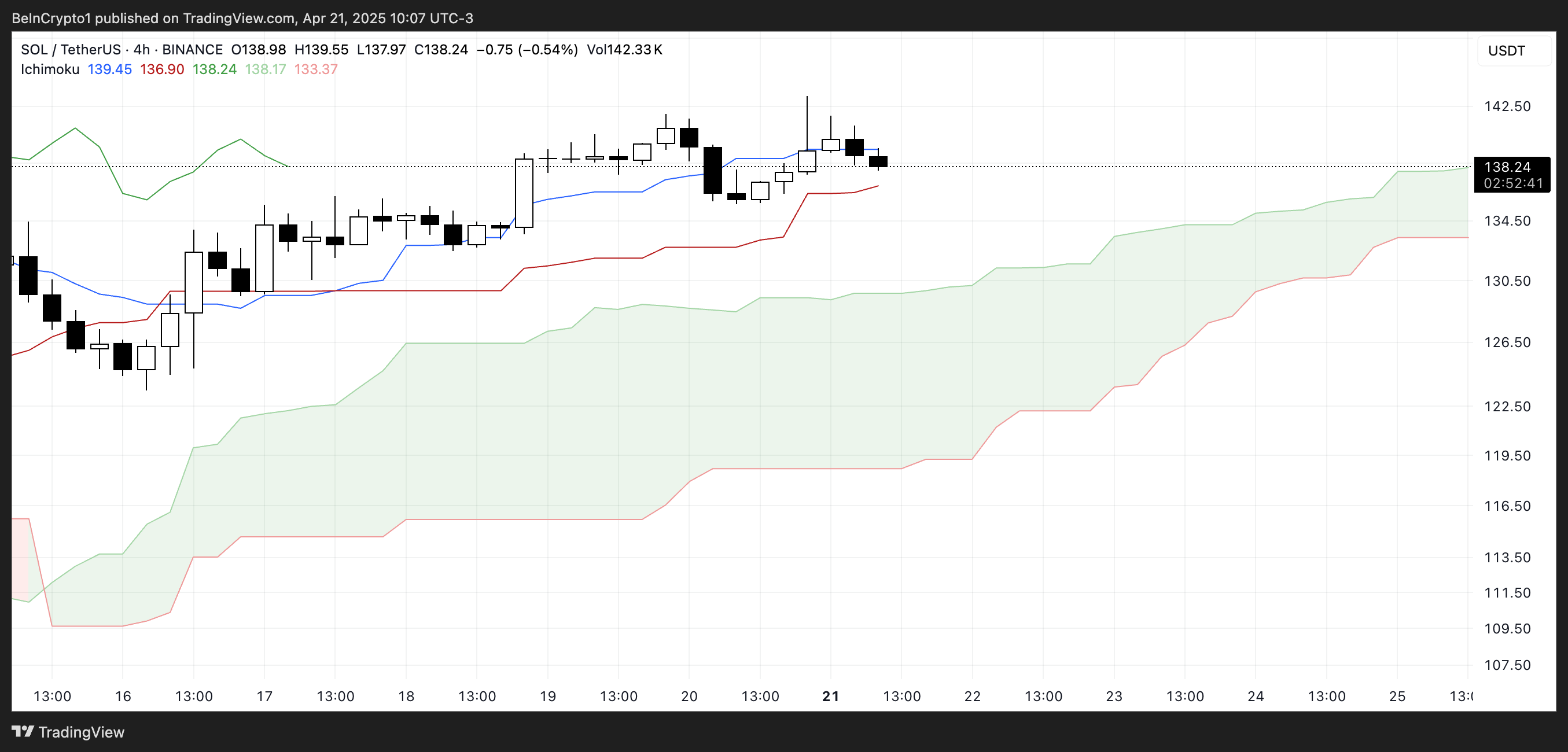
The overall Ichimoku structure remains bullish, with a thick, rising cloud and leading span A well above span B—indicating strong underlying support.
If Solana finds support at the Kijun-sen and climbs back above the Tenkan-sen, the uptrend could regain strength; otherwise, a test of the cloud’s upper boundary may follow.

Meanwhile, Solana’s BBTrend is currently at 6, extending nearly ten days in positive territory after peaking at 17.5 on April 14. The recent increase from 4.26 to 6 suggests renewed bullish momentum following a brief cooldown.
BBTrend, or Bollinger Band Trend, tracks the strength of price movement based on Bollinger Band expansion.
Positive values like the current one point to an active uptrend, and if the BBTrend continues to rise, it could signal stronger momentum and potential for another upward move.
Solana Dominates DEX Volume and Fee Generation as Meme Coins Drive Ecosystem Growth
Solana has once again claimed the top spot among all chains in DEX volume, recording $15.15 billion over the past seven days. The combined total of Ethereum, BNB, Base, and Arbitrum reached $22.7 billion.

In the last 24 hours alone, Solana saw $1.67 billion in volume, largely fueled by its booming meme coin ecosystem and the ongoing launchpad battle between PumpFun and Raydium. Adding to this good momentum, Solana recently surpassed Ethereum in Staking Market Cap.

When it comes to application fees, Solana’s momentum is just as clear. Four of the top ten fee-generating apps over the past week—PumpFun, Jupiter, Jito, and Meteora—are Solana-focused.
Pump leads the pack with nearly $18 million in fees alone.
Solana Breaks Key Resistance as Uptrend Targets Higher Levels, but Risks Remain
Solana has finally broken above its key resistance at $136, flipping it into a new support level that was successfully tested just yesterday.
Its EMA lines remain aligned in a bullish setup, suggesting the uptrend is still intact.
If this momentum continues, SOL price could aim for the next resistance zones at $147 and $152—levels that, if breached, open the door to a potential move toward $179.
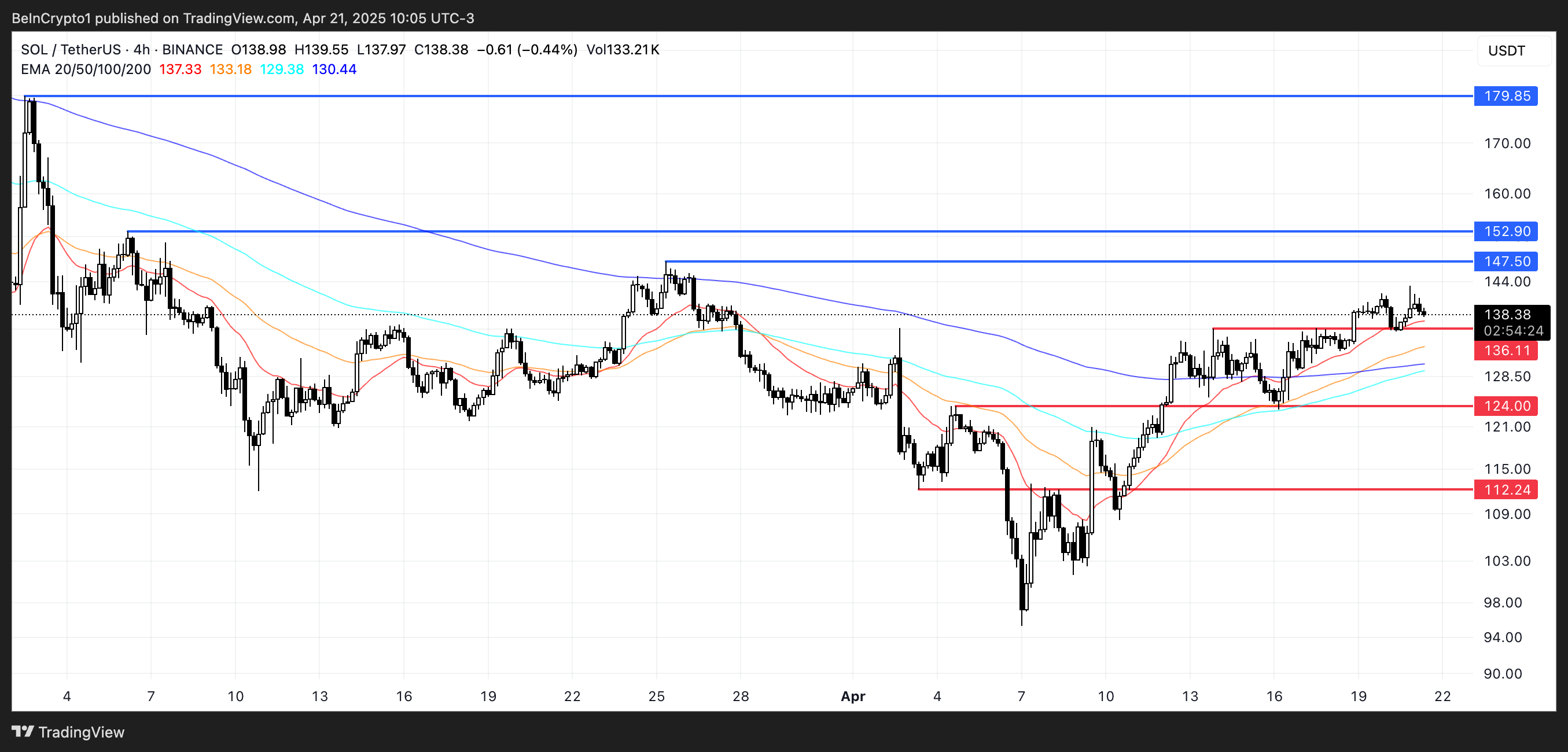
The current structure favors buyers, with higher lows and strong support reinforcing the trend.
However, if momentum fades, a retest of the $136 support is likely.
A breakdown below that level could shift sentiment, exposing Solana to deeper pullbacks toward $124 and even $112.
Disclaimer
In line with the Trust Project guidelines, this price analysis article is for informational purposes only and should not be considered financial or investment advice. BeInCrypto is committed to accurate, unbiased reporting, but market conditions are subject to change without notice. Always conduct your own research and consult with a professional before making any financial decisions. Please note that our Terms and Conditions, Privacy Policy, and Disclaimers have been updated.
Market
Crypto Firms Donated $85 million in Trump’s Inauguration
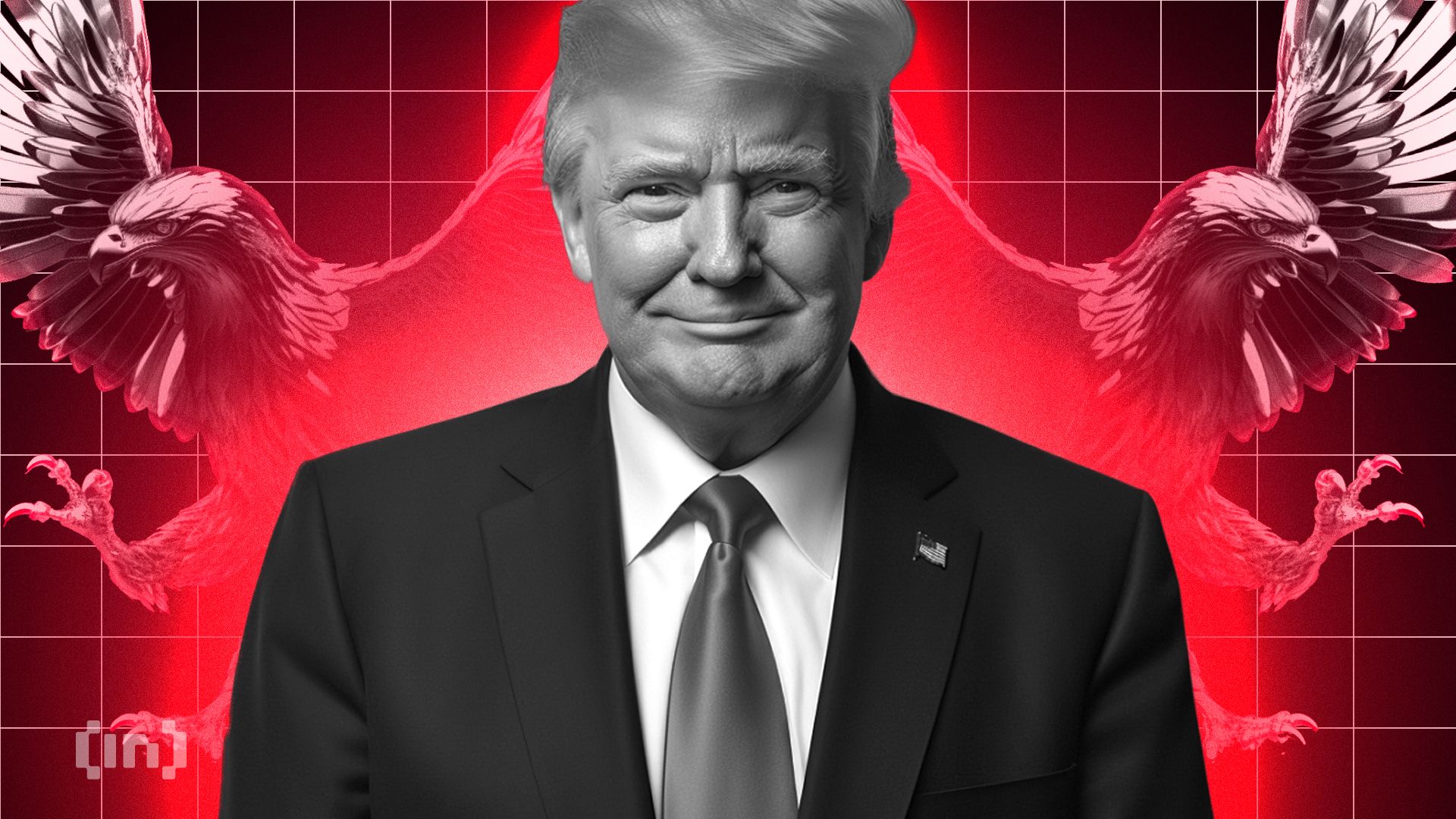
According to a new report, 15 firms and individuals from the crypto industry donated more than $100,000 to President Trump’s Inauguration, totaling over $85 million.
Almost all of these companies apparently received direct or indirect benefits from Trump’s administration. This includes dropped legal proceedings, lucrative business partnerships, participation in Trump’s Crypto Summit, and more.
Crypto Industry Went All-In on Trump’s Inauguration
Since promising to bring friendlier regulations on the campaign trail, Donald Trump attracted a reputation as the Crypto President.
Trump’s Inauguration festivities included a “Crypto Ball,” and several prominent firms made donations for these events. Today, a report has compiled all crypto-related contributions of over $100,000, revealing some interesting facts.

Since taking office, President Trump and his family have been allegedly involved in prominent crypto controversies, and these donations may be linked to several of them.
For example, eight of the donors, Coinbase, Crypto.com, Uniswap, Yuga Labs, Kraken, Ripple, Robinhood, and Consensys, had SEC investigations or lawsuits against them closed since Trump’s term began.
The commission might have dropped its probe against these companies anyway due to its changing stance on crypto enforcement. However, being in the President’s good books likely helped the process.
Further Alleged Benefits for Donors
In other words, nearly half the firms that made donations to Trump’s Inauguration have seen their legal problems cleared up quickly. This isn’t the only regulation-related benefit they allegedly received.
Circle, for example, recently made an IPO after openly stating that Trump’s Presidency made it possible. Galaxy Digital received SEC approval for a major reorganization, a key step for a NASDAQ listing.
Other donors, such as Crypto.com and ONDO, got more direct financial partnerships with businesses associated with the Trump family.
Previously, Ripple’s CEO, Brad Garlinghouse, anticipated a crypto bull market under Trump. Also, XRP, Solana, and Cardano were all unexpectedly included in the US Crypto Reserve announcement.
All three of these companies made major donations to Trump’s Inauguration.
It seems that most of the firms involved got at least some sort of noticeable benefit from these donations. Donors like Multicoin and Paradigm received invitations to Trump’s Crypto Summit, while much more prominent groups like the Ethereum Foundation got snubbed.
Meanwhile, various industry KOLs and community members have already alleged major corruption in Trump’s crypto connections.
While some allegations might lack substantial proof, the crypto space has changed dramatically under the new administration, for both good and bad.
Disclaimer
In adherence to the Trust Project guidelines, BeInCrypto is committed to unbiased, transparent reporting. This news article aims to provide accurate, timely information. However, readers are advised to verify facts independently and consult with a professional before making any decisions based on this content. Please note that our Terms and Conditions, Privacy Policy, and Disclaimers have been updated.


